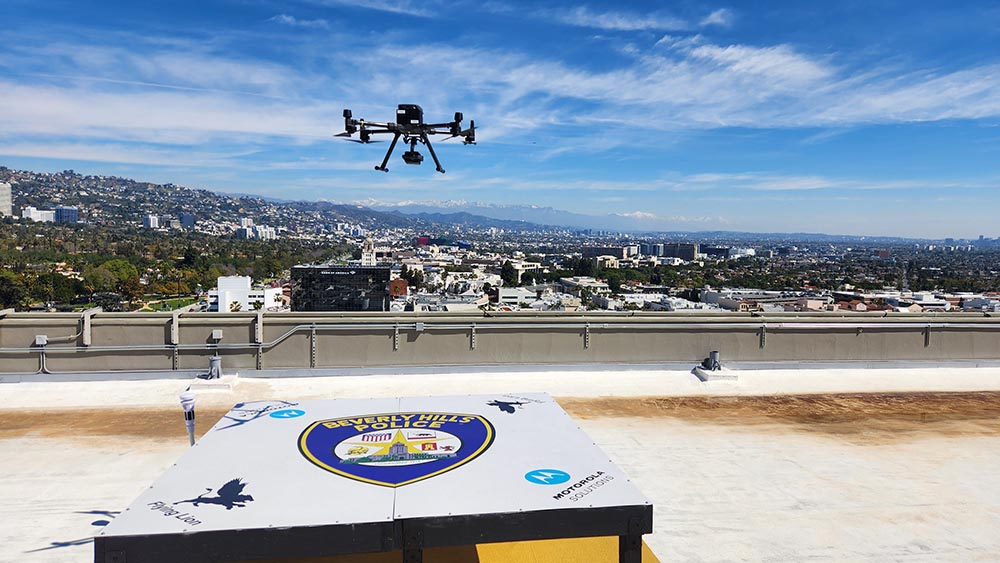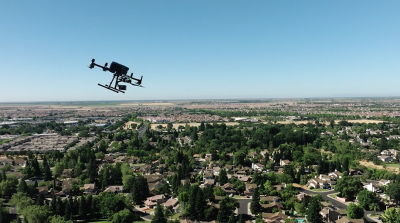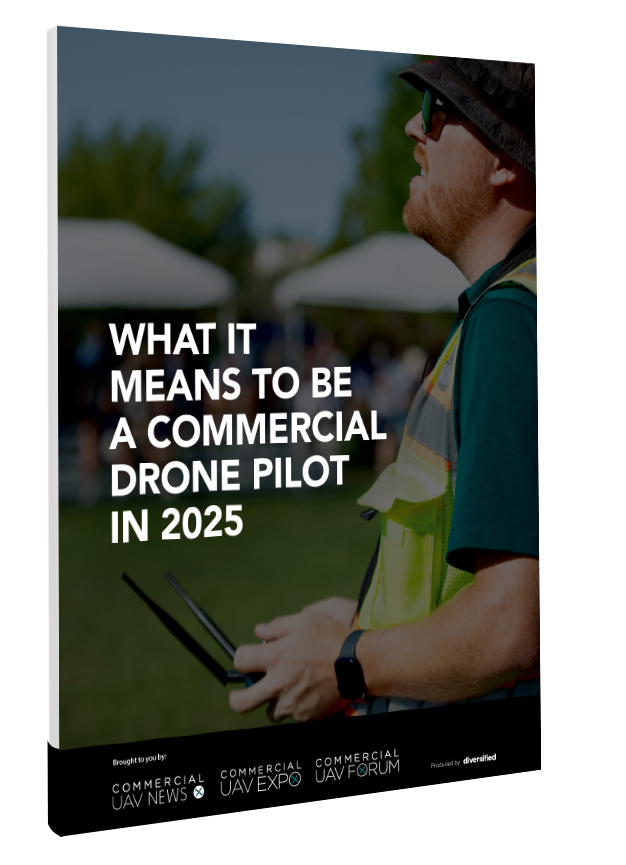Recent headlines have highlighted how public safety departments across the United States are exploring or actively adopting drone technology, and for good reason. Utilizing DFR (Drone as First Responder) programs, safety professionals of all types are using the technology to provide everything from better situation awareness to enabling faster response times to reducing risk to personnel. When operating Beyond Visual Line of Sight (BVLOS), those benefits can be taken to another level, but a recent milestone showcases the true significance of that next level.
Drone service provider Flying Lion, Inc. recently announced they had flow 55,773 DFR flights by the end of 2024. Perhaps even more significantly, 35,000 of them were flown BVLOS. Those impressive numbers conceal the true value of this milestone, as they underscore both the innovative methods employed as well as the potential for future advancements.
“The BVLOS number is significant because these flights were operated by drones in high population areas with both ground and air risk (and with rooftop pilots,)” said Flying Lion VP, Steven Katz. “This volume of flights proves that DFR programs can not only be operated safely within extremely low airspace and ground risk but also validates that DFR flights can be flown safely BVLOS.”
Katz emphasized that the safety record of these operations is crucial for obtaining further approvals. This success, measurable in various ways, demonstrates the effectiveness of DFR programs.
While drones are recognized for their ability to better optimize resources and provide better situational awareness, Katz stressed their unique ability to support de-escalation strategies. Additionally, DFR programs allow teams to get on-scene first before ground units an average of 74% of the time.
That effectiveness is connected to expectations around DFR programs more than doubling that Flying Lion President & Founder Barry Brennan mentioned that he expects to see in 2025. What other factors will fuel and facilitate this sort of growth?
“First, the FAA has started to approve BVLOS operations without a human visual observer,” Katz told Commercial UAV News. “This is significant since the human VO can now be replaced with digital visual observers which means you’re going to reduce costs and increase operational hours. Additionally, the recent FAA approvals have paved the way for drone-in-a-box operations to start being deployed. These solutions have become much more reliable, and they’ll get even better with more operational hours. And finally, we see that growth as a result of better support from organizations like ours and many others.”
Support for DFR programs is coming in from multiple places across the country and drone industry. In addition to Flying Lion, departments can receive support and guidance from other vendors and service providers from all over the United States, many of which have been providing DFR program support for multiple years. Additionally, new entrants to DFR can talk to the 30+ agencies doing DFR full-time today.
Reaching this flight milestone showcases the power and reach of drones in the public safety sector, but the needs of a department as well as the impact to a community will always define the approach that an individual team or department should take to adoption. Those specifics are why DFR programs won’t ultimately be a fit for every community. For smaller departments or ones looking to test out the technology, service providers like Flying Lion will often recommend starting a field-deployed drone program to support specific needs such as accident re-creation or search and rescue.
Others that are ready to implement and fully support their own tailored DFR program need to consider what makes sense for their teams and community in the short and long term. That’s one of the reasons Flying Lion is committed to working with individual communities to develop their own DFR programs that can include everything from training to equipment leasing to regulatory consulting. With the new FAA approvals being granted and drone-in-a-box technology getting that much better, DFR is becoming more-and-more accessible for communities nationwide. However, getting the most out of the technology is more about people than product.
“If a city manager, fire chief and/or police chief feels their community might be a fit, we'd be glad to provide a no-cost discussion,” Katz mentioned. “We offer a 4-week paid DFR trial which includes coordination on FAA COA consulting, equipment leasing, workstation setup, staffing and training so the DFR program can be sustained. It’s a turnkey solution that leverages our 55,000+ DFR flights and operational expertise.”
By the time we get to Commercial UAV Expo in September, we’ll most likely have seen hundreds of drone-in-a-boxes deployed for DFR operations. Stay tuned for updates around exactly how and where all of these solutions are being utilized.
















Comments